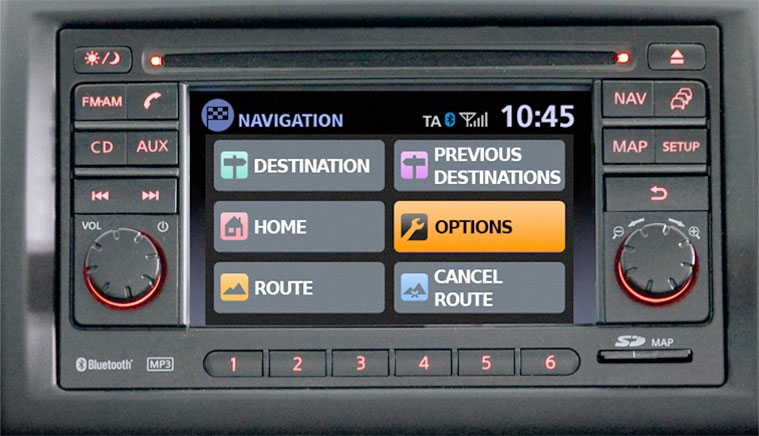

If you are hooking up your subwoofer to an external crossover, turn the subwoofer's built-in crossover to its maximum rotation to remove it from the circuit.These typically will not provide the optimum sound, but are easy and convenient, and also allow you to skip the external crossover unit. If your receiver does not have subwoofer settings, your subwoofer itself most likely has a built-in crossover.If you have a newer receiver, it may have its own crossover settings for a subwoofer, so you won't need to use an external crossover for this. Another approach is to run cables directly from the subwoofer-out (sub out) terminals of your receiver.In this scenario, you'll set the crossover to three-way mode if you're connecting to separate woofers and tweeters, or the two-way mode if you are running the main speakers with a full-range signal and just sending the bass to the subwoofer. One approach is to use additional cables from your crossover to your subwoofer (or subwoofer amplifier, if your subwoofer doesn't have it's own power).Whichever you choose, you'll need to set up your crossover so that the mid-frequency signal is being sent to the woofers, but the low-frequency signal is not. There are several ways to hook up a subwoofer to your system. If there is not enough exposed wire at ends of your speaker wires, you may need to strip off up to half an inch of insulation with wire strippers.Depending on your amplifier and crossover unit, this can be done either by flipping small switches above the terminals, or by tightening screws with either a screwdriver or allen wrench.

Slide the exposed wire ends into place and tighten the terminals. Use the red wire for the positive terminal, black for the negative. Connect the output of the amplifier to the crossover inputs by attaching speaker wires to the positive and negative terminals of your amplifier and the corresponding inputs of the crossover.Depending on your crossover and stereo setup, you will probably need separate crossover units for the left and right channels of your stereo system.Depending on your setup, this means your crossover could be wired directly between your amplifier and your speakers, or the crossover could be placed in line after a compressor or equalizer. The crossover should be the last piece of equipment in the chain before the speakers.Using speaker wire or RCA cables (depending on your stereo system and crossover unit), connect the crossover to your amplifier just as you would a speaker. Connect the amplifier output to the crossover.


 0 kommentar(er)
0 kommentar(er)
